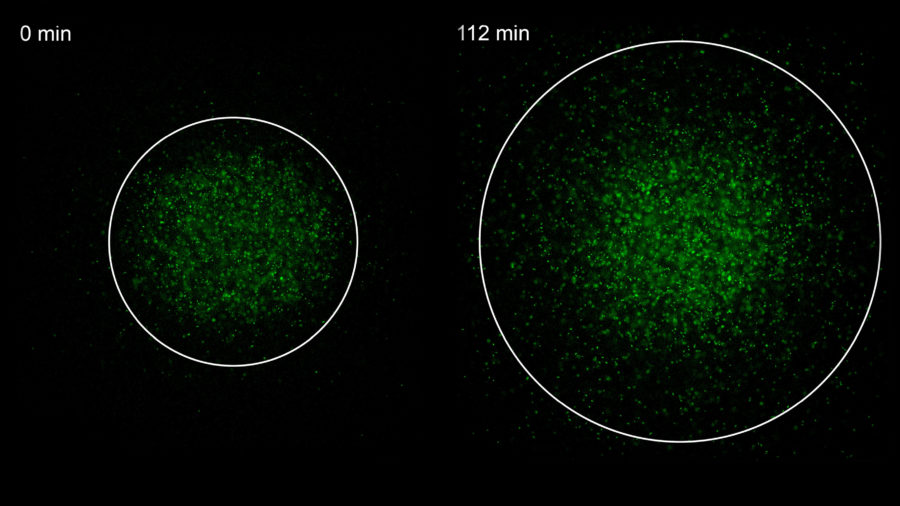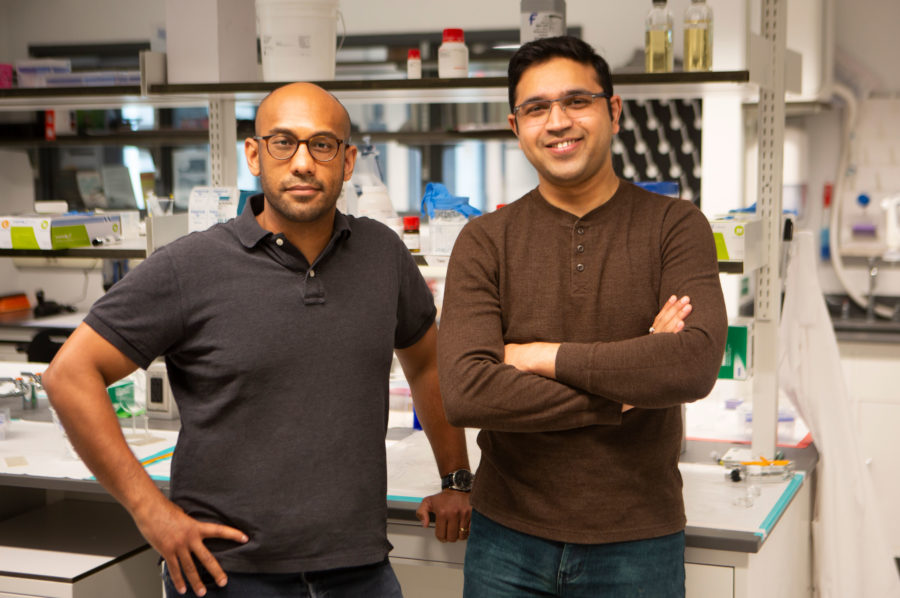

A new study on bacteria movement by Sujit Datta, assistant professor of chemical and biological engineering and Distinguished Postdoctoral Fellow at the Andlinger Center for Energy and the Environment, Tapomoy Bhattacharjee, investigates how bacteria move in porous media. By studying E. coli bacteria in realistic conditions, the researchers have now found these microbes actually use short hops to move through the solid-fluid mixtures typical of the real world, yielding insights on how bacteria can be used for environmental remediation. Engineered bacteria can help clean up polluted aquifers, where they move through porous rocks and wet sediments to target and break down contaminants.
“Now that we are starting to understand how bacteria move in porous media, we can start to control this behavior,” said Bhattacharjee, who is particularly enthusiastic about possible environmental applications. “The goal is to inject bacteria into a contaminated aquifer and have them move through the pores towards contaminants, which they can degrade.”
Read the full story on the Princeton University homepage: https://www.princeton.edu/news/2019/05/21/hop-it-new-look-upends-old-concept-bacterias-movement